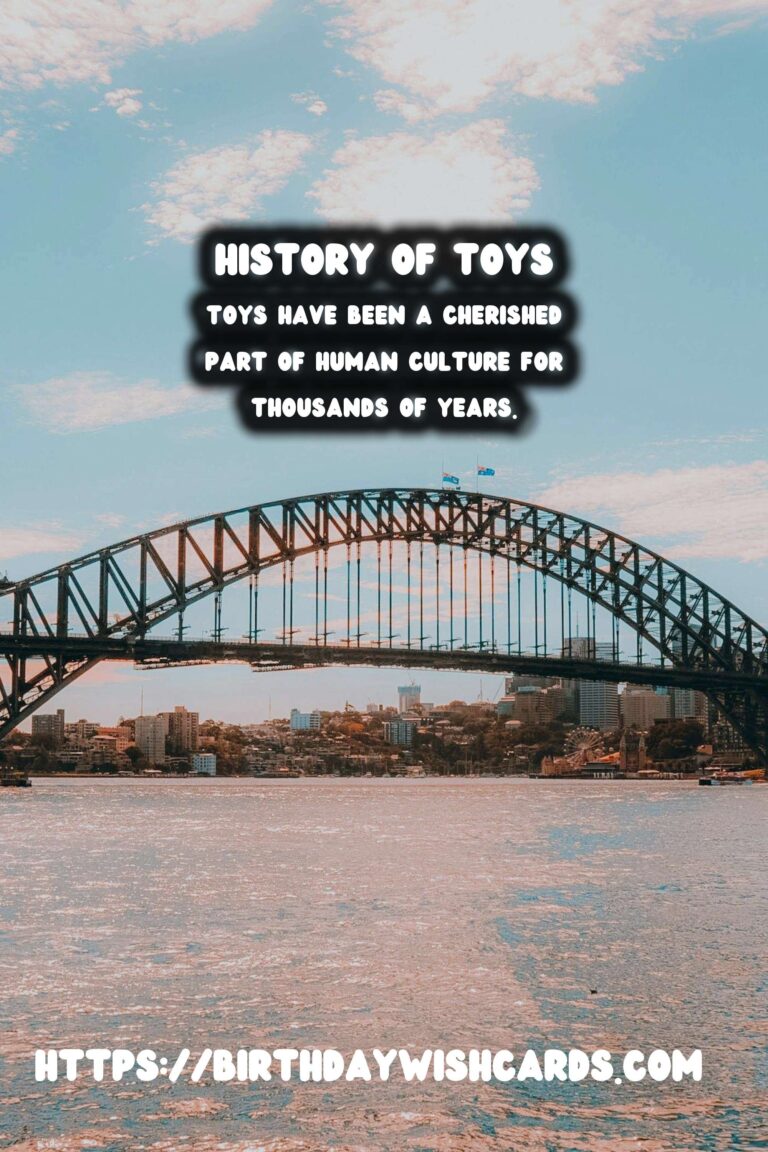
Toys have been a cherished part of human culture for thousands of years. As both artifacts of our cultural history and forms of entertainment for children, they reflect societal norms and technological advancements. In this article, we will delve into the history of toys, examining their evolution and cultural significance from ancient times to the present day.
Ancient Beginnings
The history of toys dates back to prehistoric times. Archeological evidence reveals that toys such as small figurines made of wood and clay have been discovered in ancient burial sites. These early forms of toys were designed to mimic the adult world, offering children a miniaturized experience of daily life. Notably, dolls have been found in Egyptian tombs, while ancient Greek and Roman children played with objects resembling modern-day marbles and dolls.
The Medieval Era
During the Middle Ages, toys began to reflect greater craftsmanship and variety. Wooden and jointed dolls became popular among the wealthier classes in Europe. These toys were not merely children’s playthings; they also served educational purposes. For instance, they were used to teach children about home and social responsibilities, reflecting the cultural and social norms of that era.
Industrial Revolution and Mass Production
The advent of the Industrial Revolution in the 18th and 19th centuries marked a significant transformation in the toy industry. The mass production of toys became possible, making them more accessible and affordable to a broad audience. This period saw the introduction of toys made from new materials such as tin and plastic, ushering in an era of innovation and creativity. Items like the kaleidoscope and clockwork automata became highly popular during this period.
The 20th Century: A Golden Era for Toys
The 20th century is often seen as a golden period for the development of toys. Economic prosperity, coupled with advances in manufacturing and marketing, allowed for a diverse range of toys. Iconic toys such as LEGO bricks, Barbie dolls, and G.I. Joe action figures emerged, leaving a significant cultural impact. These toys not only entertained millions of children but also became a part of the global cultural fabric.
The Role of Technology in Modern Toys
Today, technology plays a pivotal role in the world of toys. From video games to interactive robots and digital learning tools, the integration of technology has changed how children engage with play. This digital evolution reflects broader societal trends toward technology and innovation. However, it also poses questions about the balance between screen time and traditional play.
Cultural Significance and Beyond
Toys continue to hold a significant place in human culture, not just as items of entertainment but as tools for education and socialization. They reflect cultural values, technological advancements, and social changes. As we continue to evolve, so too will our understanding and appreciation of toys and their place within society.
In conclusion, tracing the history of toys provides us with valuable insights into the cultural and historical developments of human society. While the materials and mechanisms of toys have evolved dramatically over the centuries, their fundamental role in enriching our culture remains unchanged.
Toys have been a cherished part of human culture for thousands of years. The digital evolution of toys reflects broader societal trends toward technology and innovation. 
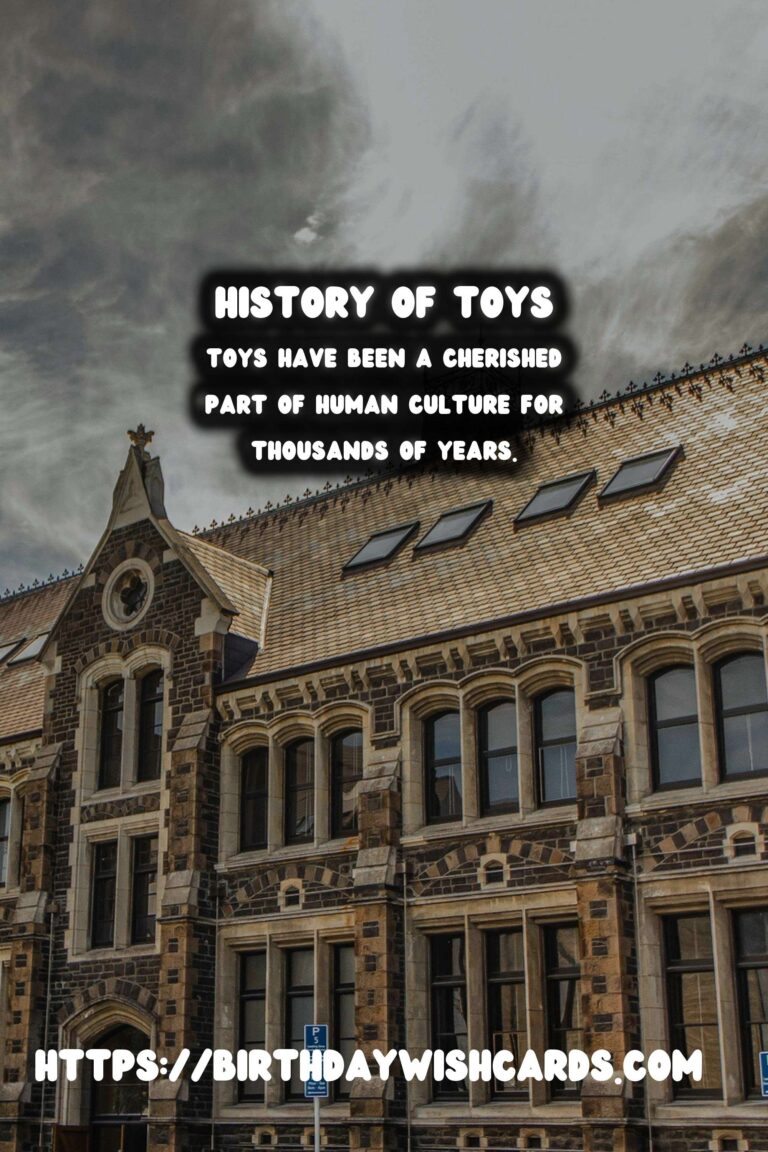
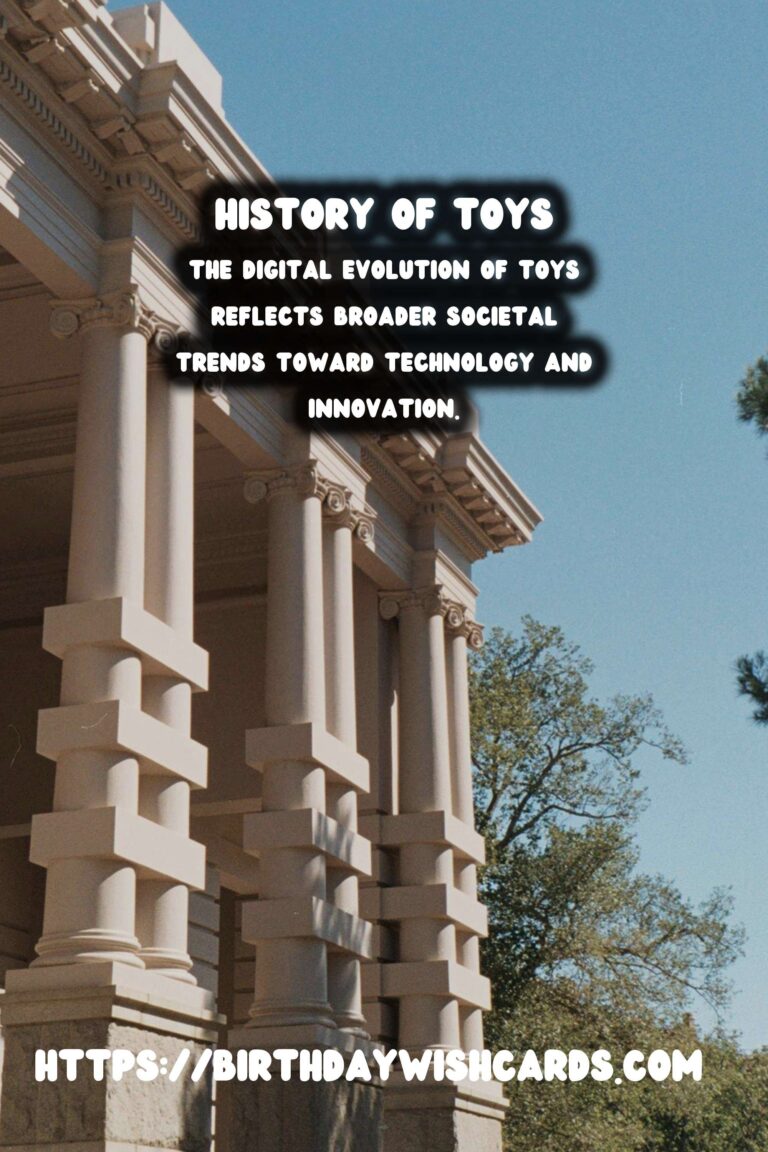
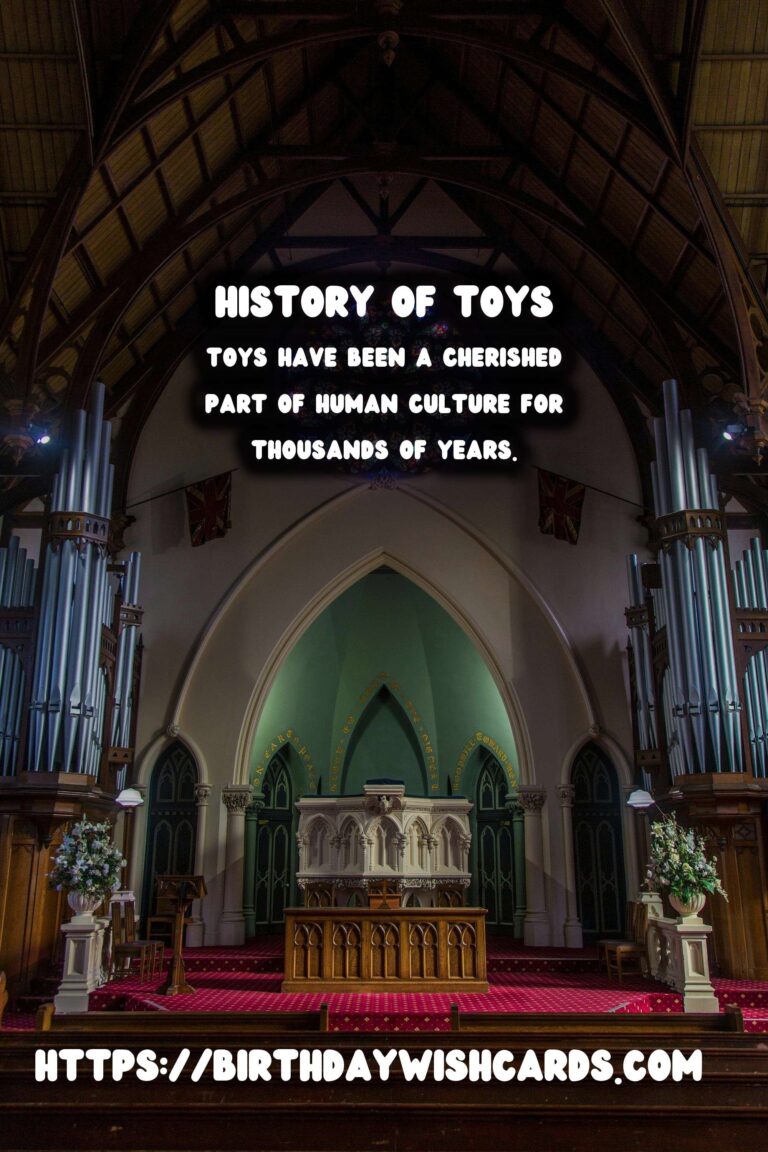

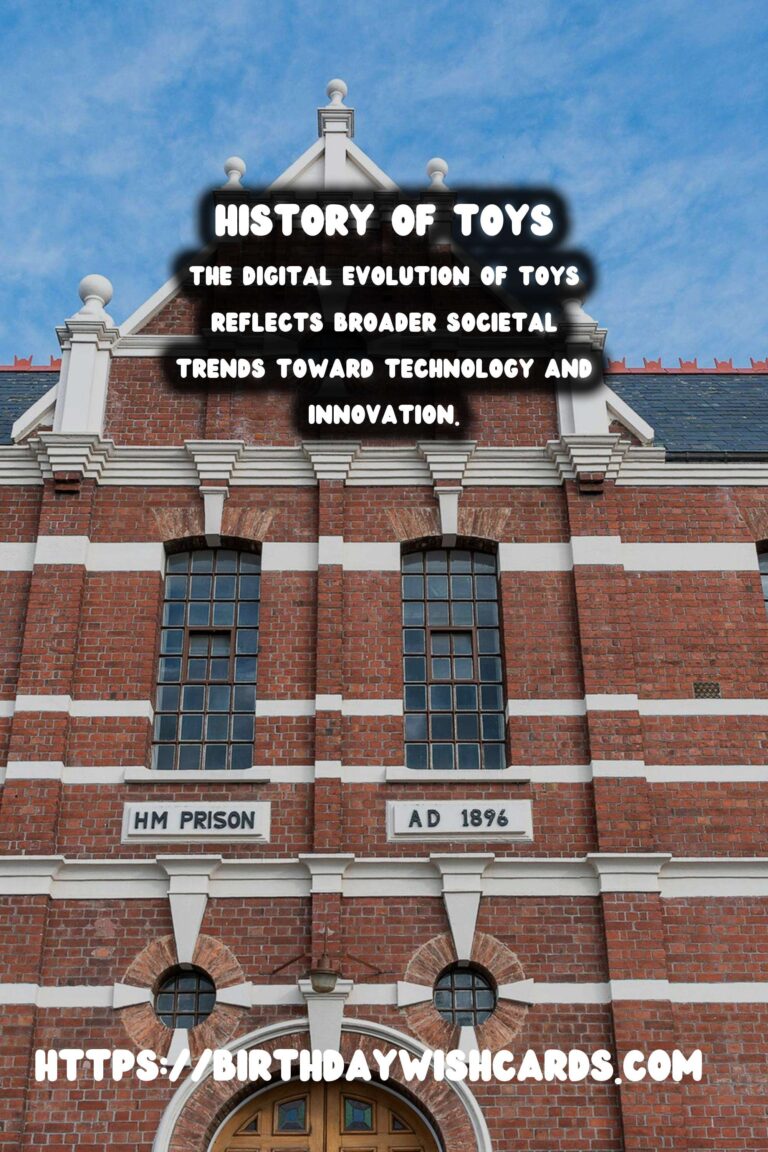

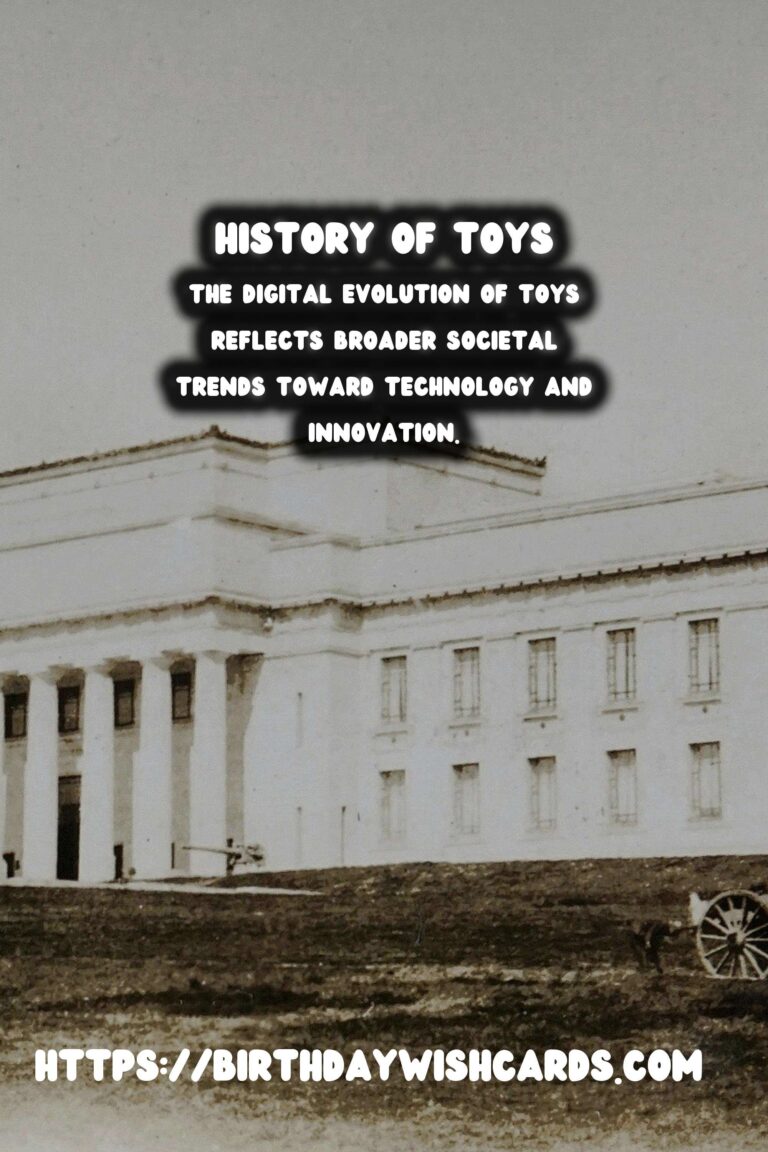

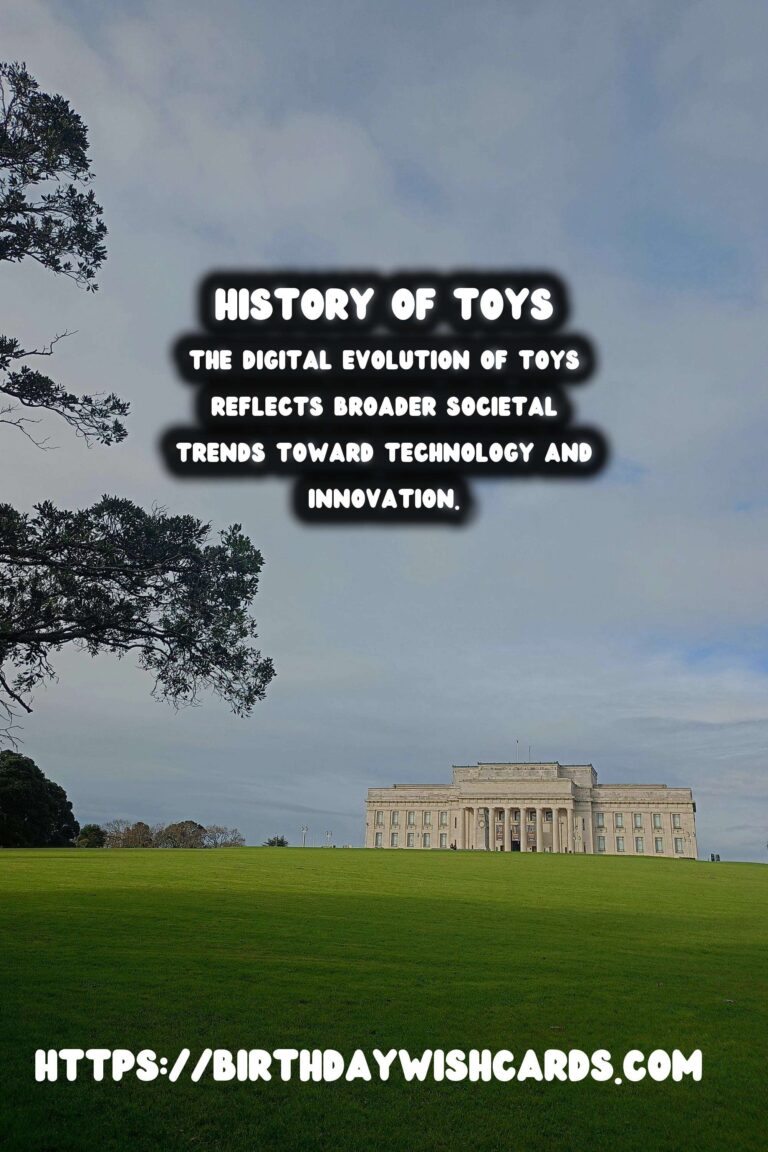
#HistoryOfToys #CulturalSignificance




